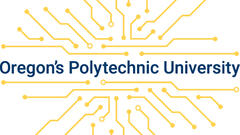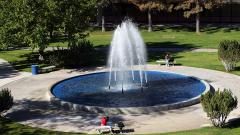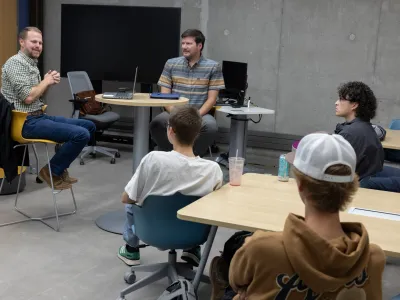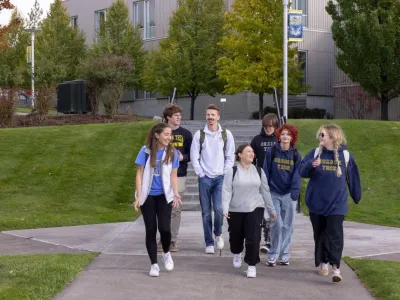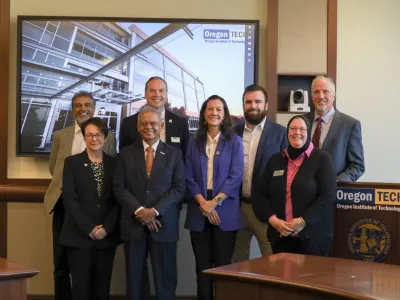WILSONVILLE, OR – STEM Week Oregon kicked off on May 1 with a week-long celebration of science, technology, engineering and math education–and the investigative skills, methods of inquiry and creativity that these fields promote in our youth. Now in its third year, this annual event engaged more than 20,000 students and 5,000 adults in STEM activities that celebrate the role of STEM in our everyday life in Oregon.
One unique occurrence is a tethered test of a weather balloon with a camera payload, launching from Tualatin High School on May 8th. A joint project of Oregon Tech’s Gravity and Space (GRASP) Club in Wilsonville in collaboration with Tualatin High School’s Girls Who Code Club, the event will take place on the high school football field. The goal of the test launch is to prepare for the actual weather balloon and payload launch, which will deploy a live-streaming video camera to stream from an altitude of 100,000 feet during the total solar eclipse taking place across the United States on August 21st.
This collaboration began when the South Metro-Salem STEM Partnership, hosted by Oregon Tech’s Portland-Metro campus, notified its partners that members of the NASA Space Grant Consortia were looking for organizations and programs in the path of totality (the localities that will experience a complete solar eclipse) to apply for the opportunity. The Oregon Space Grant Consortium and Oregon Tech Foundation helped fund the training and equipment for the project, which focuses on building awareness and interest in STEM and space.
Oregon Tech’s GRASP Club applied for the partnership, and its students, led by Professor L. Taylor, Assistant Professor of Physics at Oregon Tech, drove to Montana to build the ground station and payloads that would be used in conjunction with the high altitude balloon. This week-long workshop, hosted by Montana State University, also instructed the team on how to live stream video and collect still images from the payloads, how to track the payloads in real-time, and how to fill and launch high-altitude balloons. In turn, GRASP has been teaching the Tualatin Girls Who Code about the balloon and project goals, visiting the school multiple times to work with the 8-member club (now in its inaugural year) instructing them about how the entire system works together. This gave the Girls Who Code team the opportunity to see practical applications of computer programming. But there are other benefits to all students exposed to the project, as well. “The mission of the NASA-funded Eclipse Ballooning Project is to get the public excited about space,” says Professor Taylor. “And for involved students, whether their interest is in hardware, software, science, or engineering, this will put them on the path towards careers in space industries.”
The Girls Who Code became so excited about their work that they asked to hold an all-school assembly to teach all 2000 Tualatin High School students about the eclipse and the balloon. With GRASP’s help, they created an educational video about the eclipse and planned the assembly and launch. Jill Hubbard, an Engineering and Computer Science teacher at the high school and Girls Who Code moderator, indicated how supportive the principal, Darin Barnard, has been throughout the project, granting use of the school's football field for the test launch and providing time during a school-wide assembly so that all students have an opportunity to participate.
The group will broadcast a feed from the camera live in Tualatin High School classrooms on May 8th, paralleling, in a small way, this summer’s event. During August’s solar eclipse, students across the nation will be launching high altitude balloons along the total eclipse path, from Oregon to South Carolina, sending live video and images from near space to NASA. Video and images during a total solar eclipse from near space have never been captured live across a continent. Hubbard said, “Being in the path of totality during a solar eclipse is a once in a lifetime event for many people. It is an opportunity for students to experience the wonder of our solar system, dream about the future of space, and ponder ways to protect our planet today."
###

